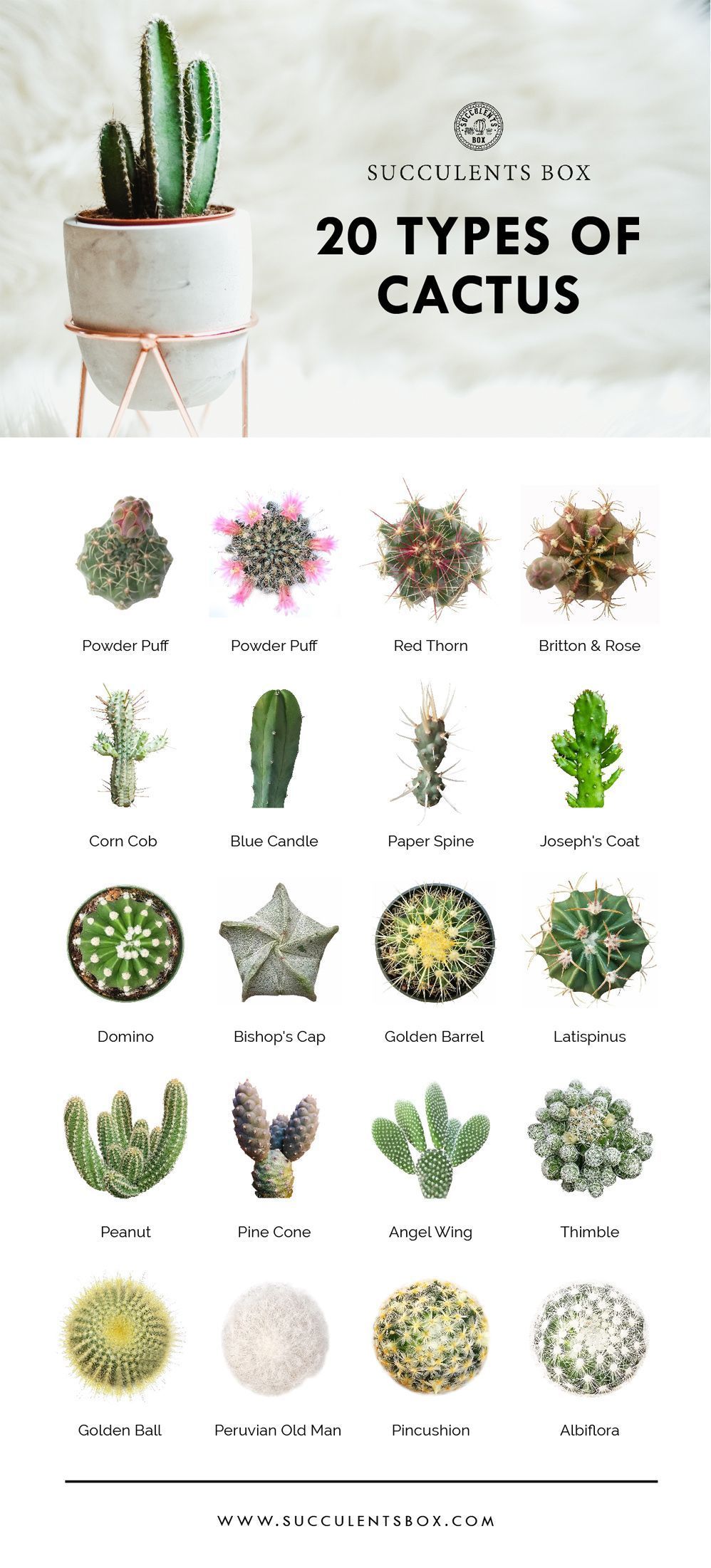Identifying cacti can feel akin to unlocking a cryptic code, where each thorn and curve tells a story of resilience and adaptability. With a plethora of species, varying widely in shape, size, and color, the art of cactus identification by picture transforms into an engaging pursuit, akin to deciphering an ancient manuscript. This guide serves to illuminate the intricate tapestry of cacti through the lens of photography, making the process intuitive for both novice and seasoned enthusiasts alike.
Understanding the anatomy of a cactus is the cornerstone of identification. Each part plays a pivotal role in its overall identity. From the sinuous arms of the saguaro to the spherical form of the golden barrel, recognizing these features allows for an immediate connection to the myriad of species that grace arid landscapes.
Visualization becomes the key ally in this journey. Photos provide a vivid representation of these unique beings, showcasing their diverse forms and environmental adaptations. An expert might navigate the identification process through a careful study of images, honing in on particular traits that set one cactus apart from another. It is an amalgamation of shapes, colors, and textures forming a symphony of desert elegance.
Common Traits to Discover in Photographs
With a click, the essence of a cactus is captured in pixels, making it easier to ascertain its identity. Pay attentiveness to these characteristics as they often provide vital clues for classification:
Shape and Structure
The silhouette of a cactus can evoke varied emotions; it is the outline that often cues identification. For instance, columnar cacti such as the Carnegiea gigantea, commonly known as the saguaro, rise majestically, their arms reaching toward the sky, much like a sentinel of the desert. Conversely, the coruscating shapes of the Echinocactus grusonii, or golden barrel, offer a spherical and inviting trim reminiscent of Mother Nature’s button.
Spine Arrangement and Characteristics
A cactus’s armor, its spines, serve not just protective purposes but are also decisive in identification. The arrangement of spines—whether clustered near the apex or scattered along ribs—provides a distinctive fingerprint. For example, the Cylindropuntia species, or cholla, famously exhibit barbed spines that cling to unsuspecting passersby, a stark warning of their formidable presence. The texture and coloration of spines can also unveil secrets about the cactus’s habitat and survival strategies.
Flowering Capabilities
Flowers, though ephemeral, mark a significant aspect of cactus identification. In some species, these blooms become the pièce de résistance, embodying vibrant colors and intricate designs. The night-blooming cereus, or Selenicereus, unveils white floral delights, addictive in their fragrance. Catching a cactus in bloom through photography not only elevates its allure but also enriches the diagnostic process, signaling the time of year and specific environmental conditions conducive to its growth.
Tips for Effective Cactus Photography
Capturing the essence of cacti requires an eye for detail and a few handy tactics to ensure that the nuances of each plant are presented vividly.
Lighting Conditions
Sunlight brings cacti to life; however, the time of day when the photograph is taken can profoundly impact the final result. Early morning or late afternoon light bathes the landscape in a warm glow, revealing textures and colors that might otherwise be lost in harsh midday sunlight. Proper lighting can accentuate spines, enhance the coloration of flowers, and reveal the contours of the cactus to their utmost potential.
Perspective and Framing
Much like an artist selecting the right canvas, the photographer must choose an appropriate perspective. A close-up shot can allow for a detailed examination of spines and flowers while a wider shot will provide context within its environment. Framing the cactus against contrasting backdrops—be it rocky terrain or a vibrant sunset—can create stunning images that narrate a story far beyond identification.
Identify and Catalog
As you compile your photographic catalog of cacti, create a system that outlines essential identification criteria. This structure can include shape, size, location, and habitat. By utilizing technology, mobile apps designed for plant identification can assist in corroborating observations through pictures, making the process interactive and gratifying.
Cacti: Symbols of Resilience
Ultimately, cacti symbolize enduring beauty in harsh environments, thriving where few other life forms dare to tread. When you delve into the realm of cactus identification through photography, you engage not only in a botanical quest but in a profound exploration of nature itself. Each image becomes a testament to the prowess of these plants, chronicling their journeys through sun-drenched deserts and rocky terrains. The photos you collect will not just serve as identifiers, but as visual poetry—utterances of survival and adaptation in the face of adversity.
As you continue to traverse the fascinating world of cacti by examining images, remember that you’re part of an ongoing dialogue between nature and the observer. Each click of the camera is a note in this expansive symphony, celebrating the intricate beauty and resilience of these desert marvels. With every cactus photograph, the canvas of your knowledge expands, inviting further exploration into the depths of this unique facet of botany.





Leave a Comment